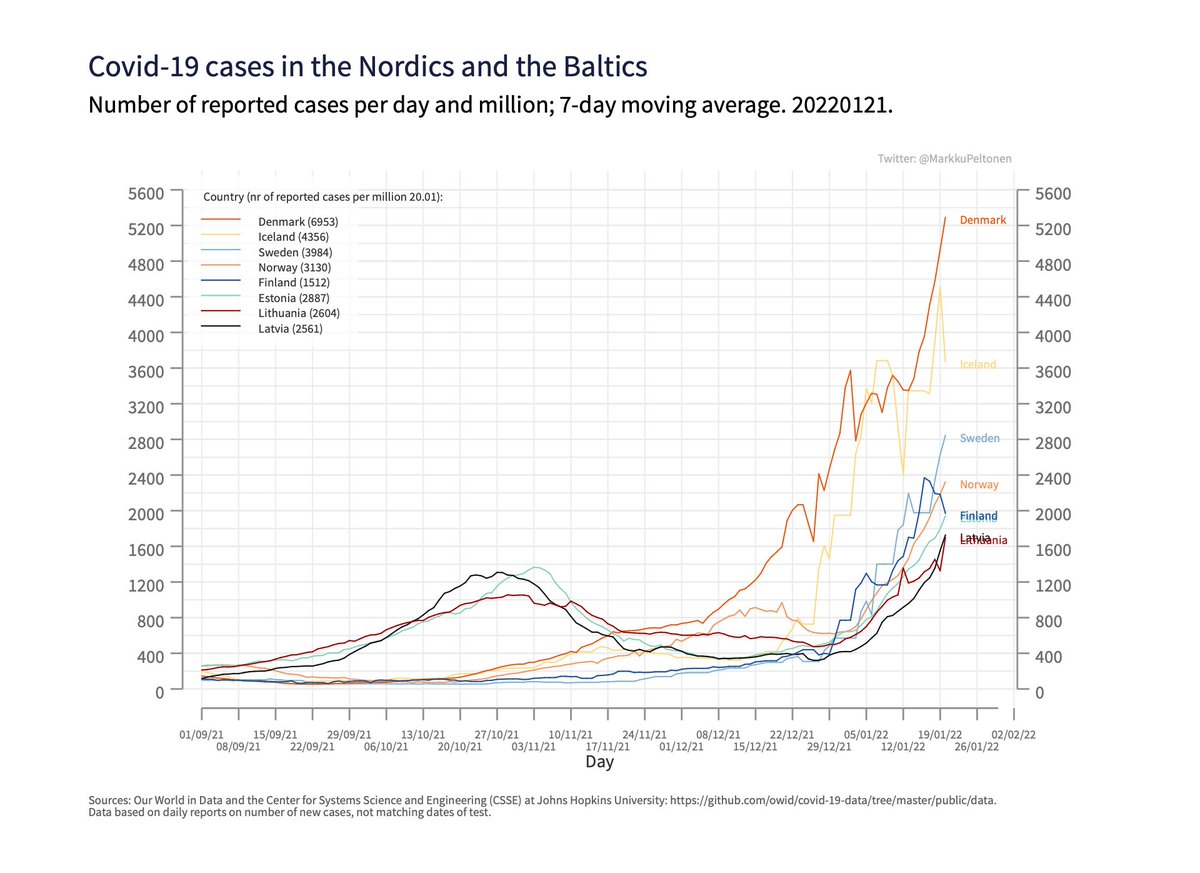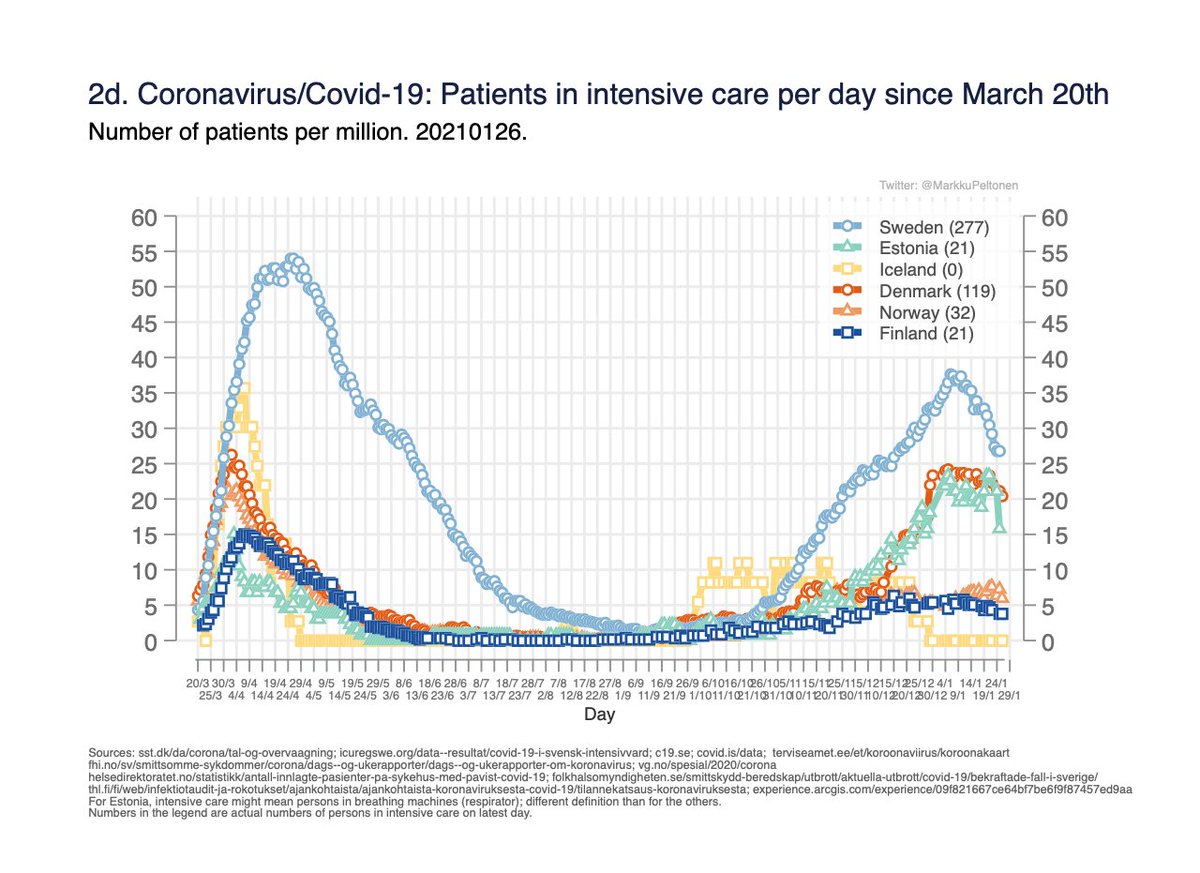
Common statistical fallacies I often see in Covid-19 discussions (especially by the antivaxx and zerocovid -extremes). 1/6
Base rate fallacy: “Why majority of people in hospital right-handed?”
Base rate fallacy: “Why majority of people in hospital right-handed?”
https://twitter.com/MarkkuPeltonen/status/1462345274664312834
Collider bias: Form of selection bias, you only observe a selected part of the population.
The example below is known also as “Ellenberg example”: leads to negative association between cuteness and smart, while there is no such association. 2/6
The example below is known also as “Ellenberg example”: leads to negative association between cuteness and smart, while there is no such association. 2/6
https://twitter.com/datascienceUB/status/1456255112083509268
Simpson’s paradox: association consistent within subgroups but weakens or even reverses when subgroups combined.
Unintuive, difficult to explain shortly but requires two things: Goups disproportional sizes+at different risk regarding some 3rd factor. 3/6
robertheaton.com/2019/02/24/mak…
Unintuive, difficult to explain shortly but requires two things: Goups disproportional sizes+at different risk regarding some 3rd factor. 3/6
robertheaton.com/2019/02/24/mak…

Regression to the mean, extreme values tend to be closer to the mean when followed up by repeated measurements.
This is one of the main reasons clinical trials need to have a control group. Also often behind the placebo and nocebo findings. 4/6
britannica.com/topic/regressi…
This is one of the main reasons clinical trials need to have a control group. Also often behind the placebo and nocebo findings. 4/6
britannica.com/topic/regressi…
Correlation vs causality; ecological fallacy: 5/6
https://twitter.com/MarkkuPeltonen/status/1368881935477579782
Many of the above-mentioned fallacies go by different names or slightly different versions (collider bias, Berkson’s paradox, Lord's Paradox, Sports Illustrated jinx etc).
There are many more interesting fallacies/paradoxes in statistics.
6/6
There are many more interesting fallacies/paradoxes in statistics.
6/6
Yllä kuvattu muutama yleinen tilastollinen harha, joita varsin usein näkee koronakeskusteluissa (varsinkin rokotevastaisten ja eroonkoronasta -ääripäiden toimesta).
• • •
Missing some Tweet in this thread? You can try to
force a refresh
















